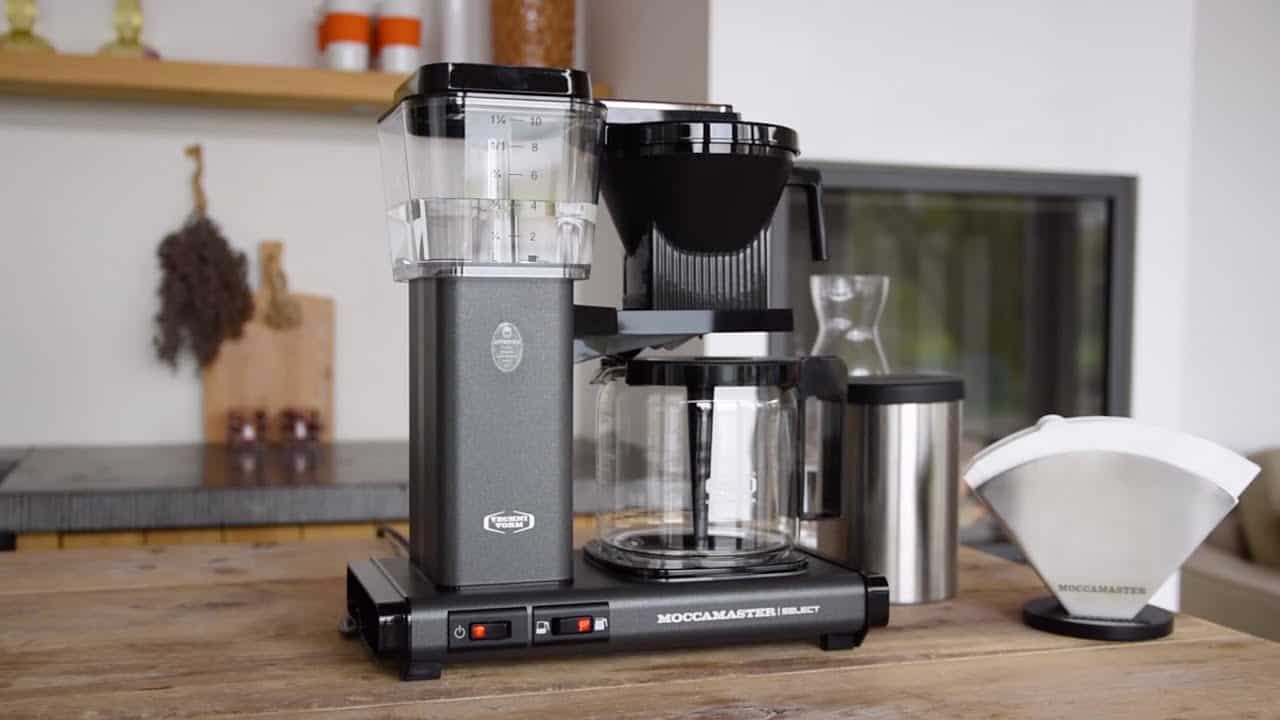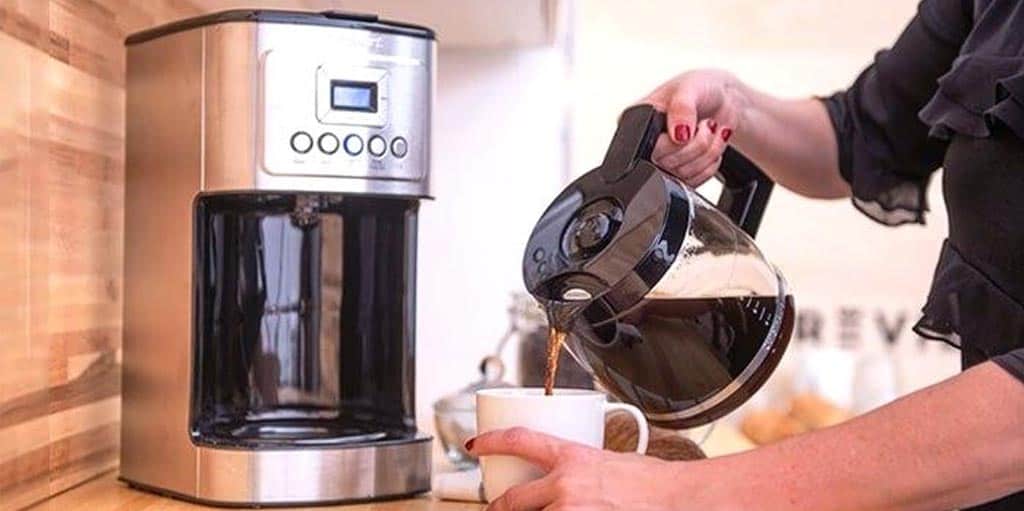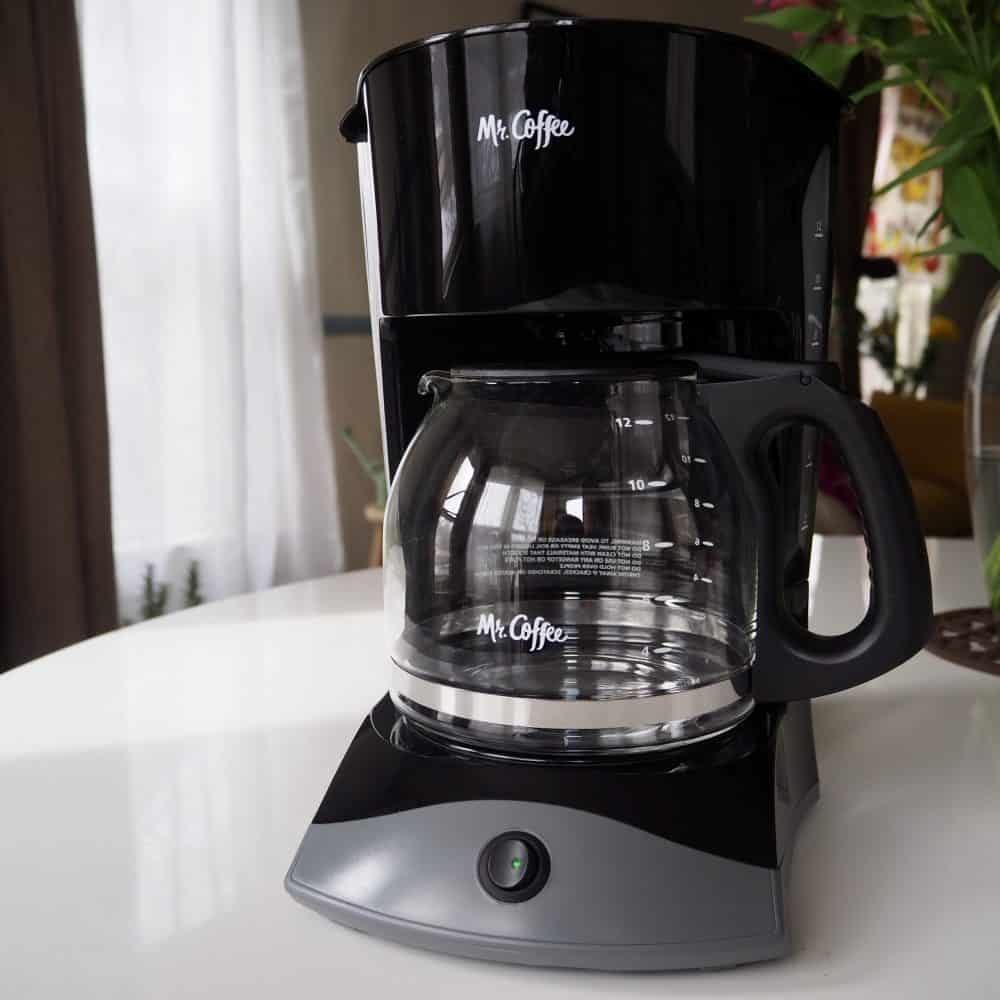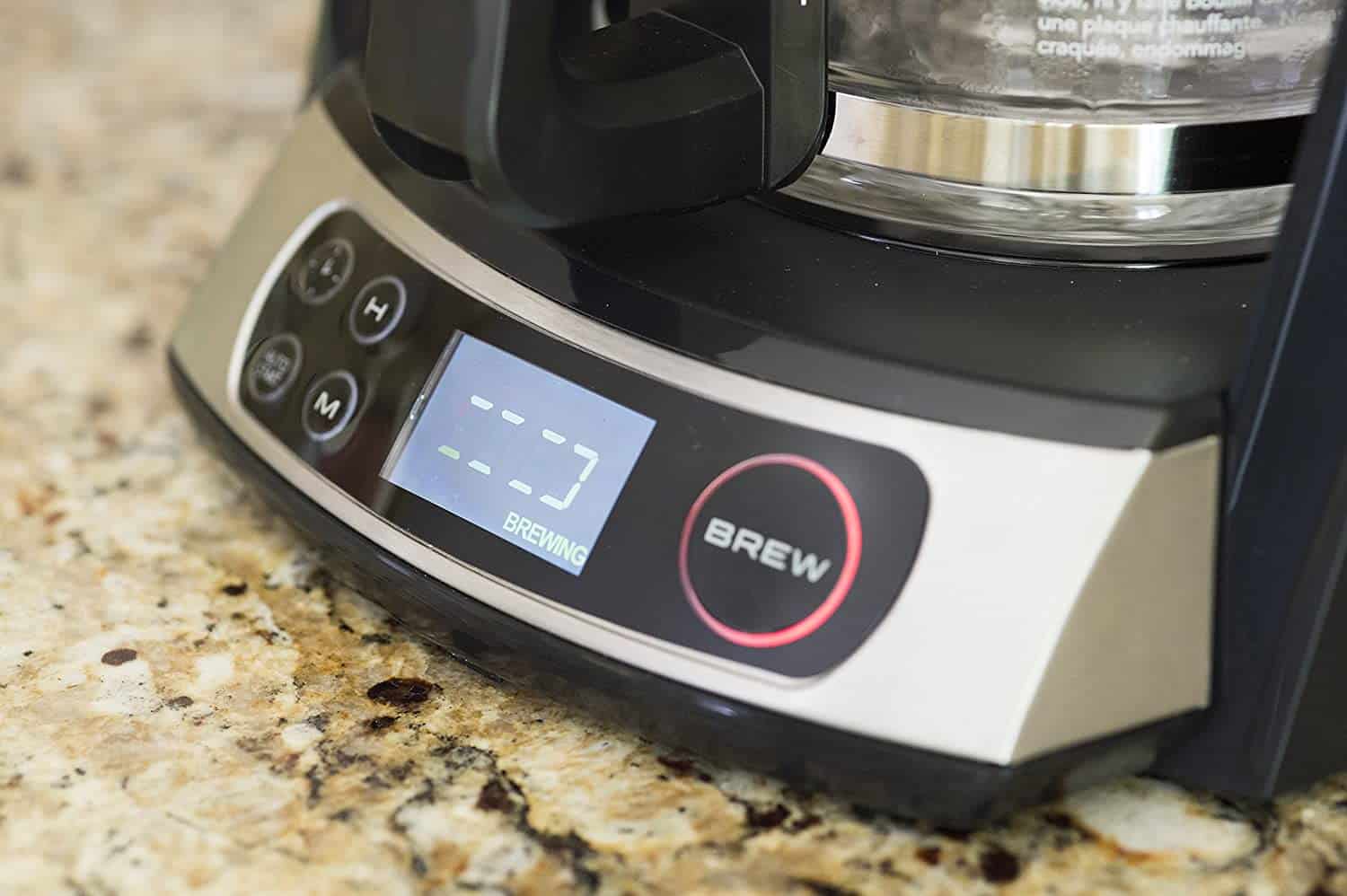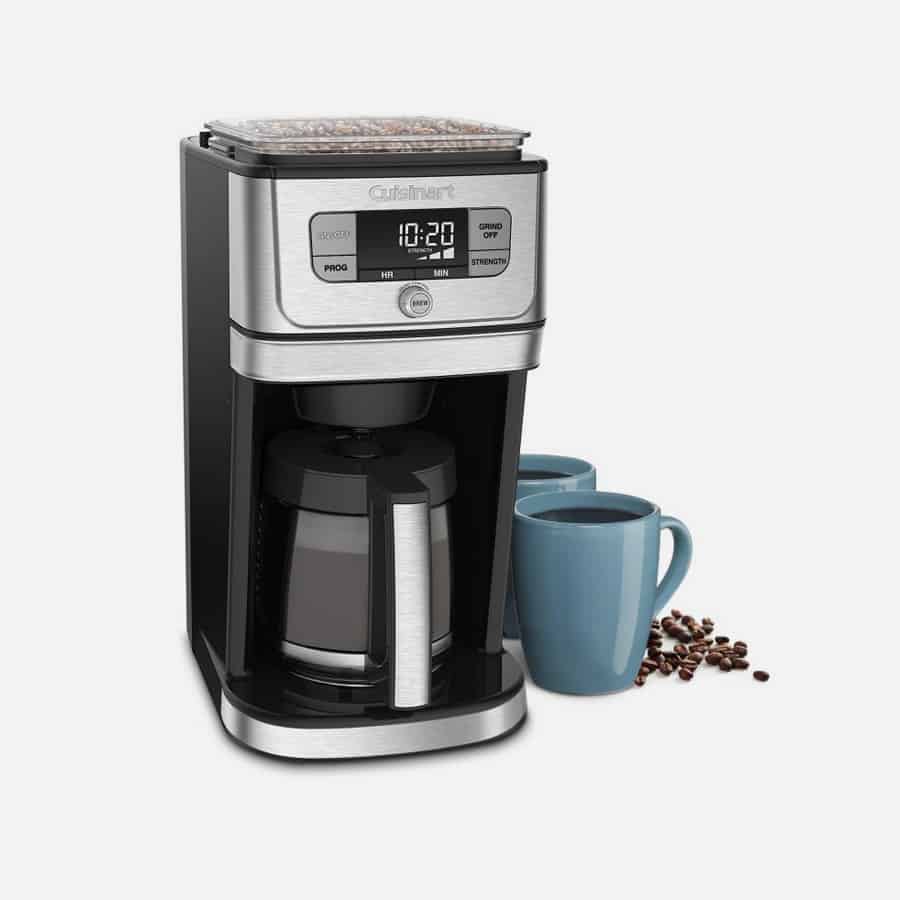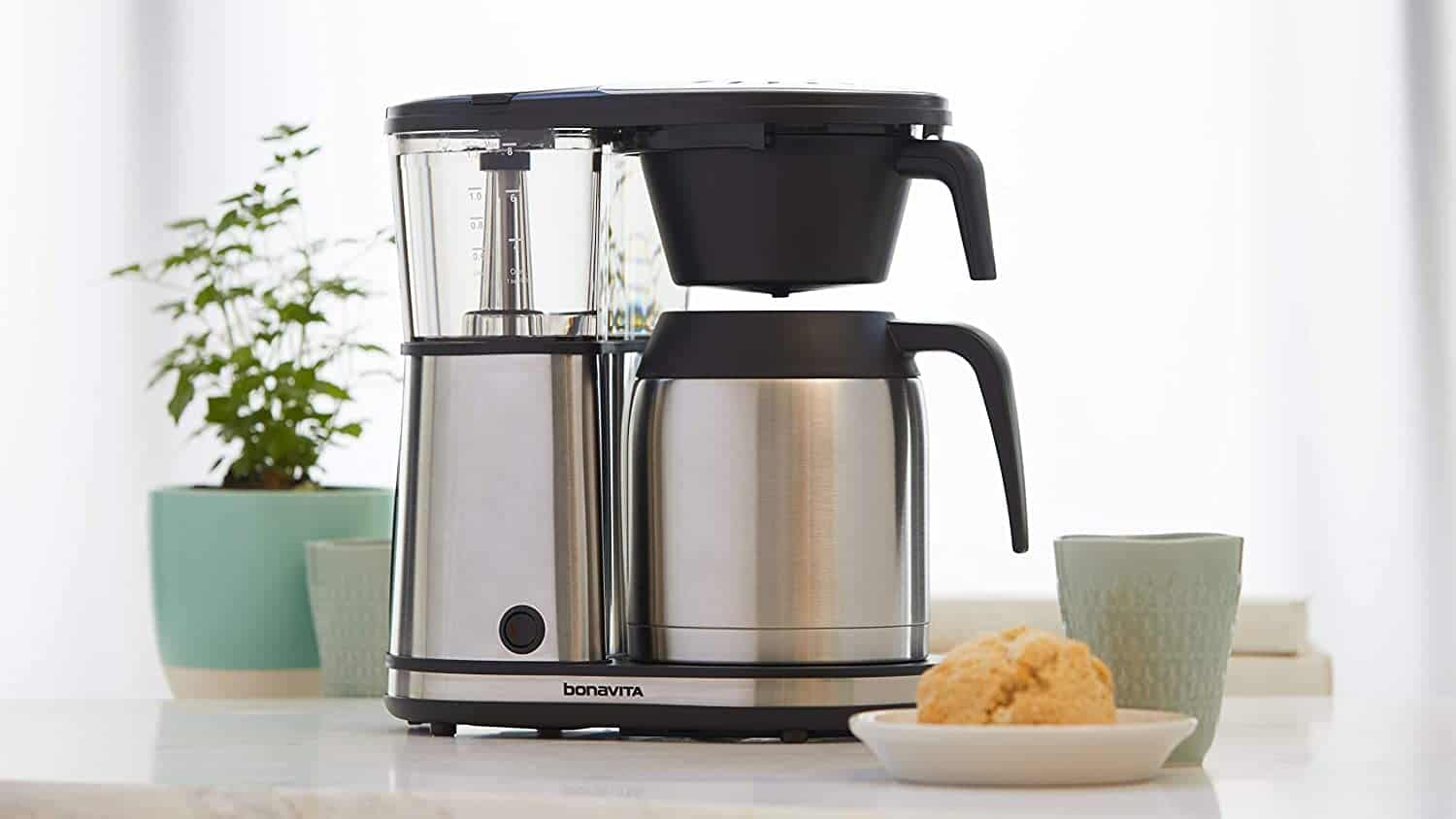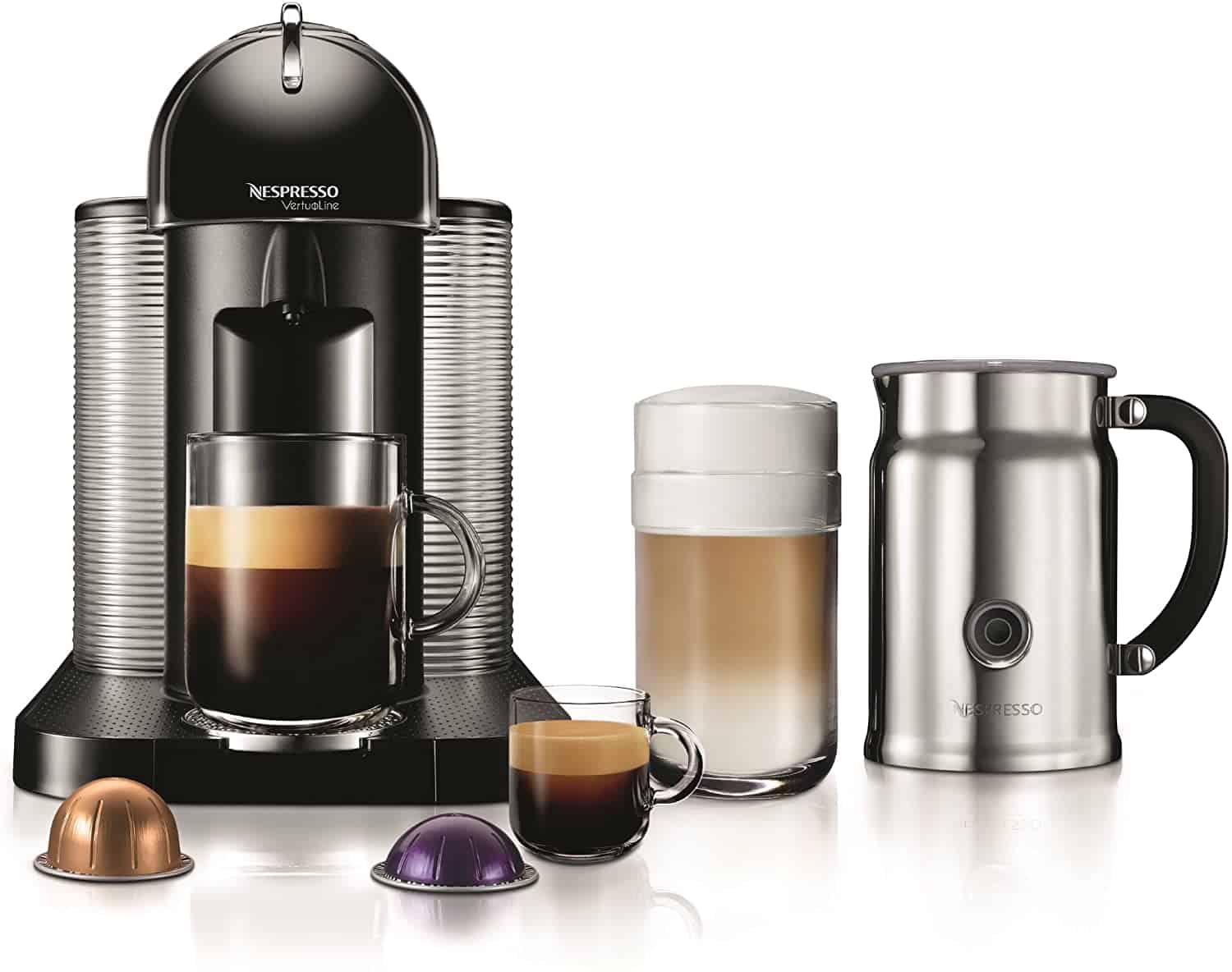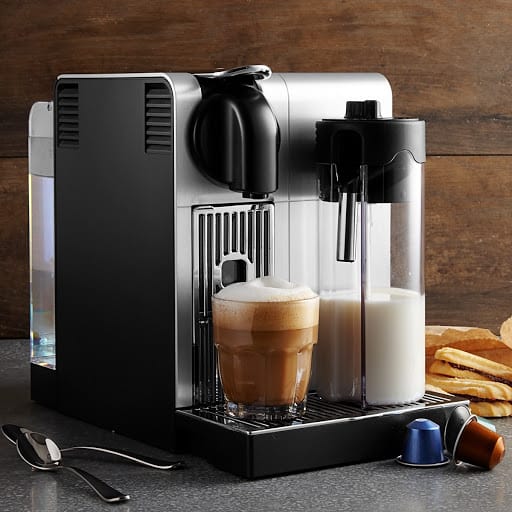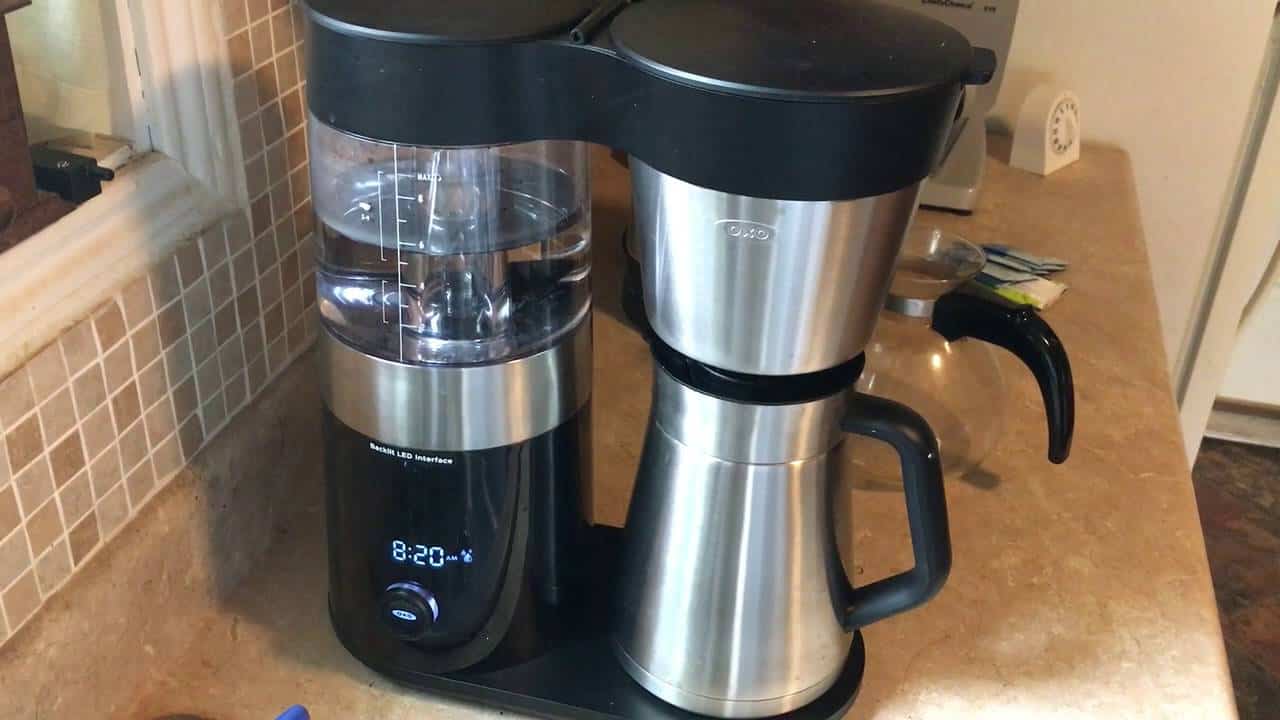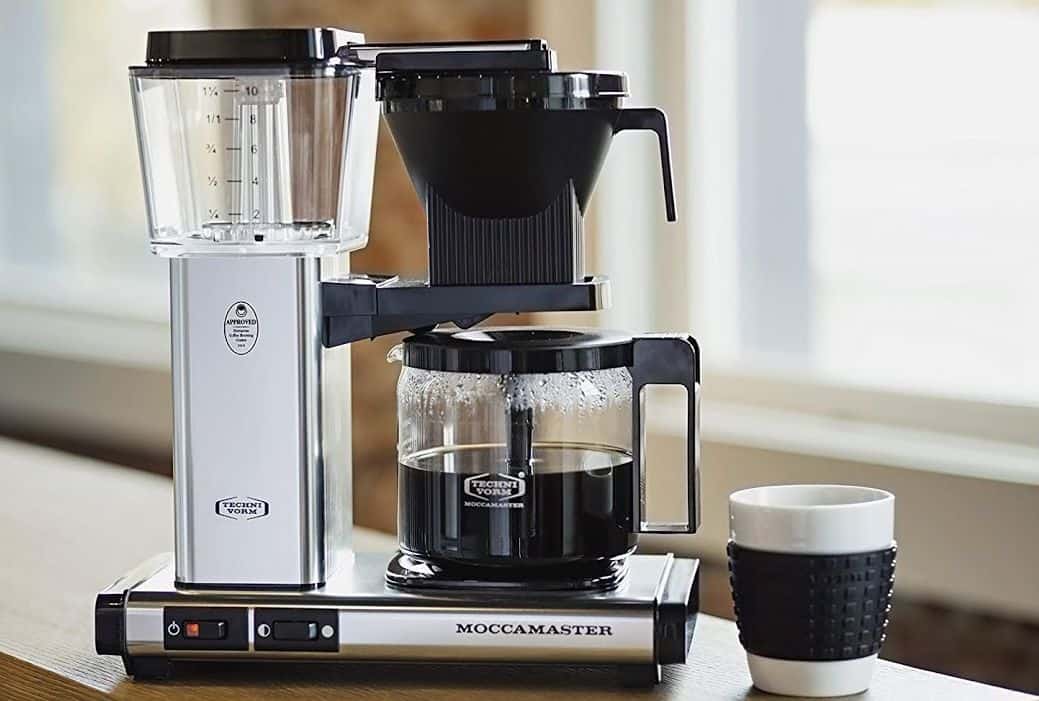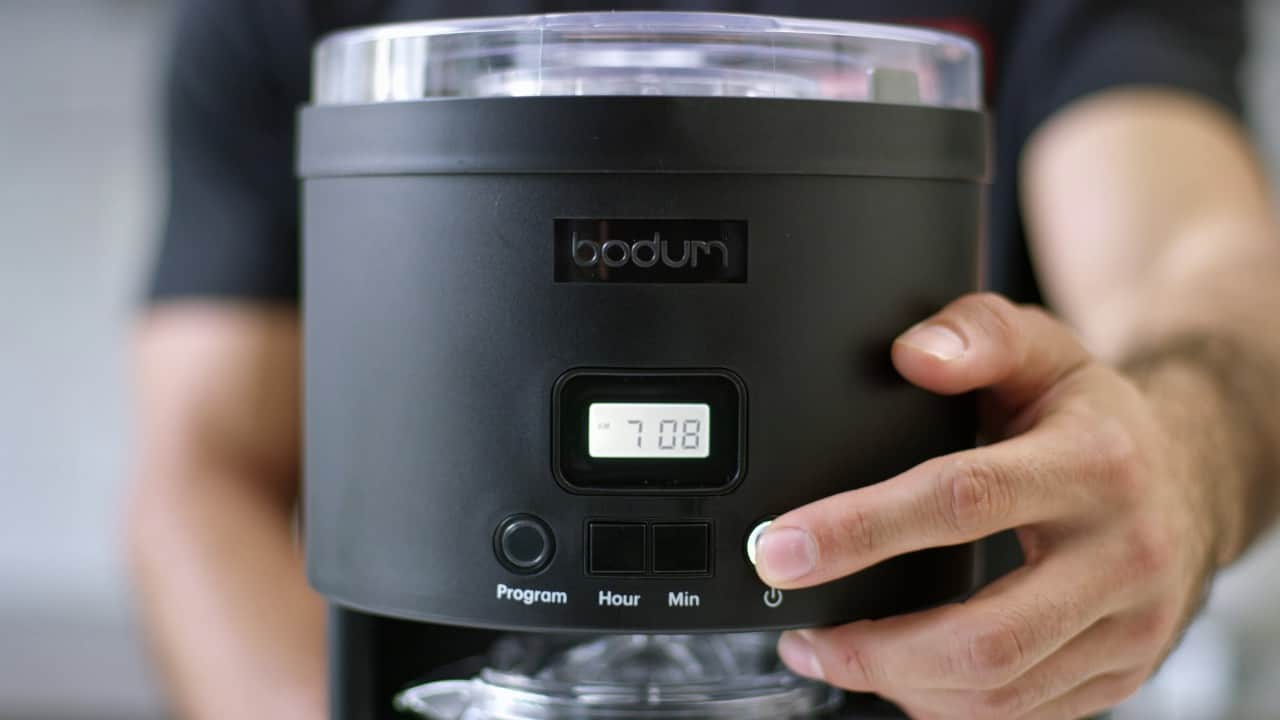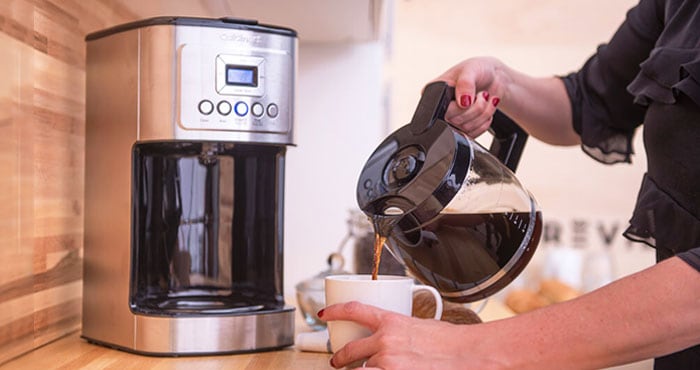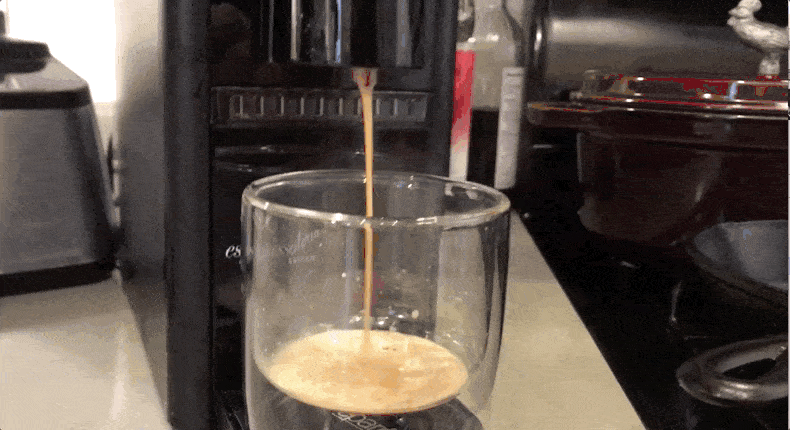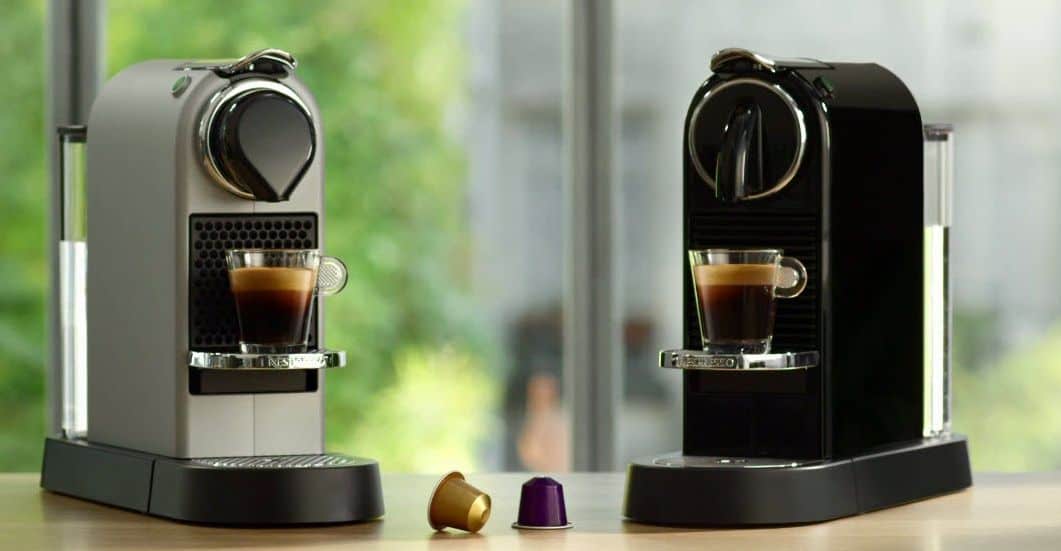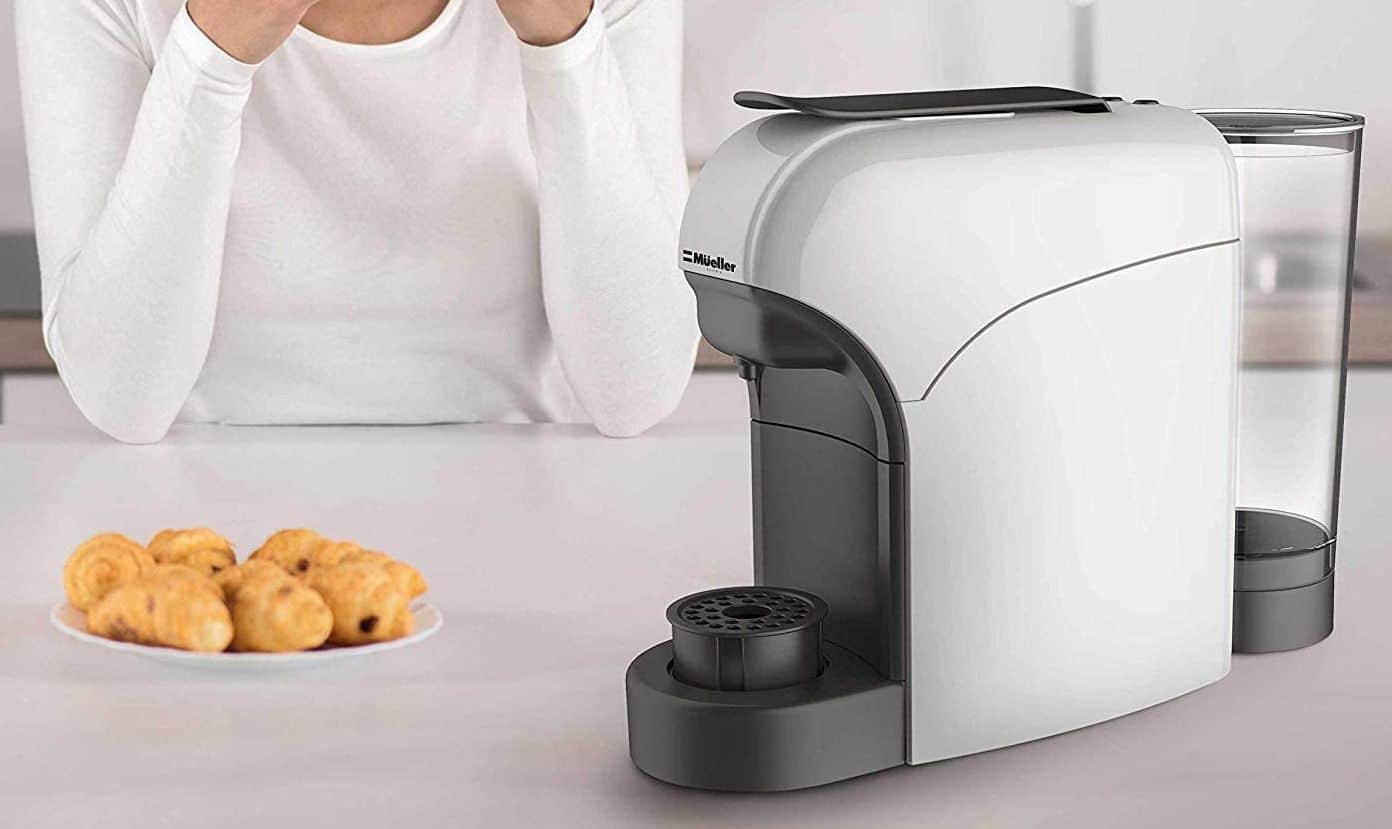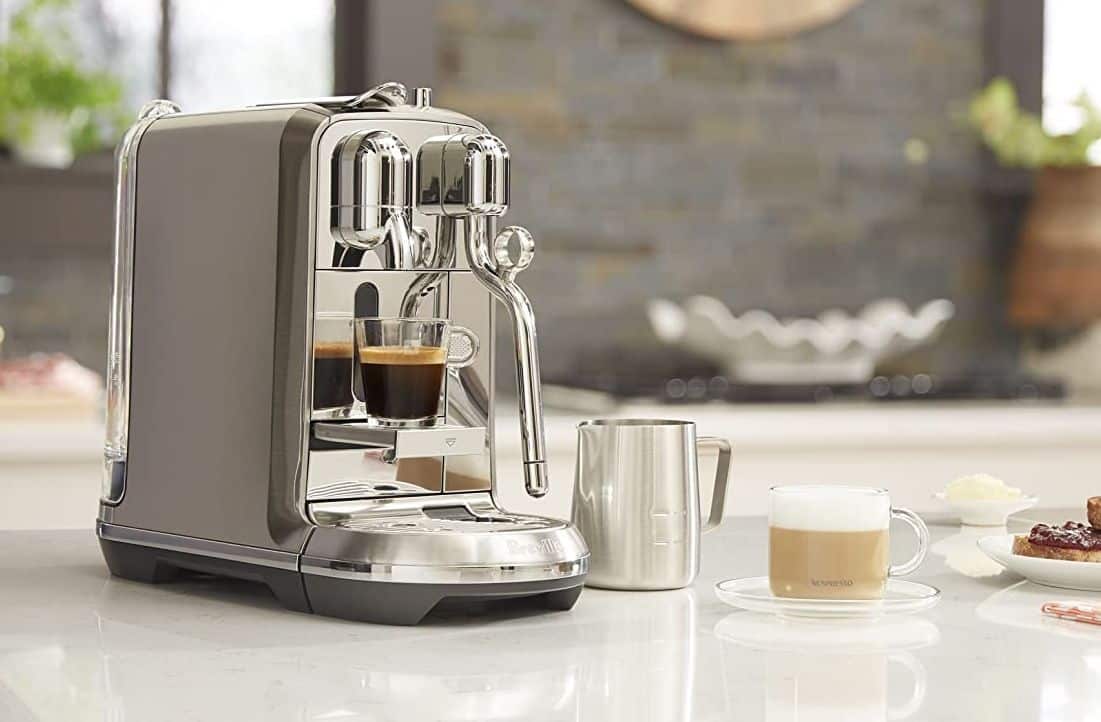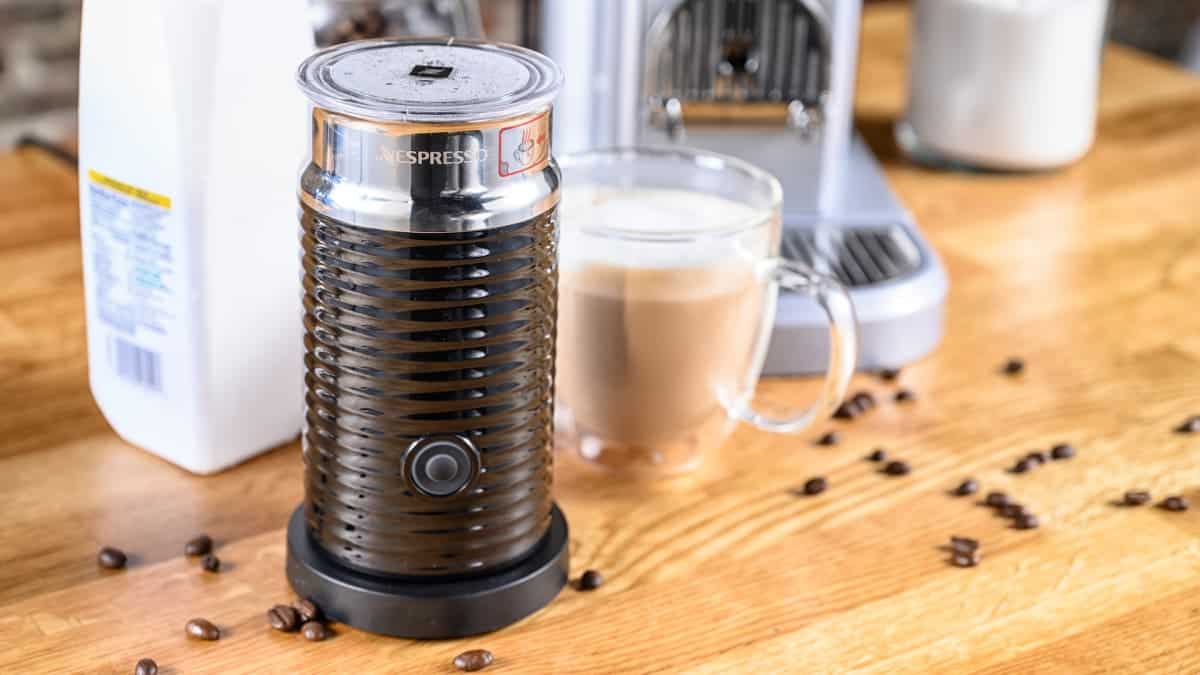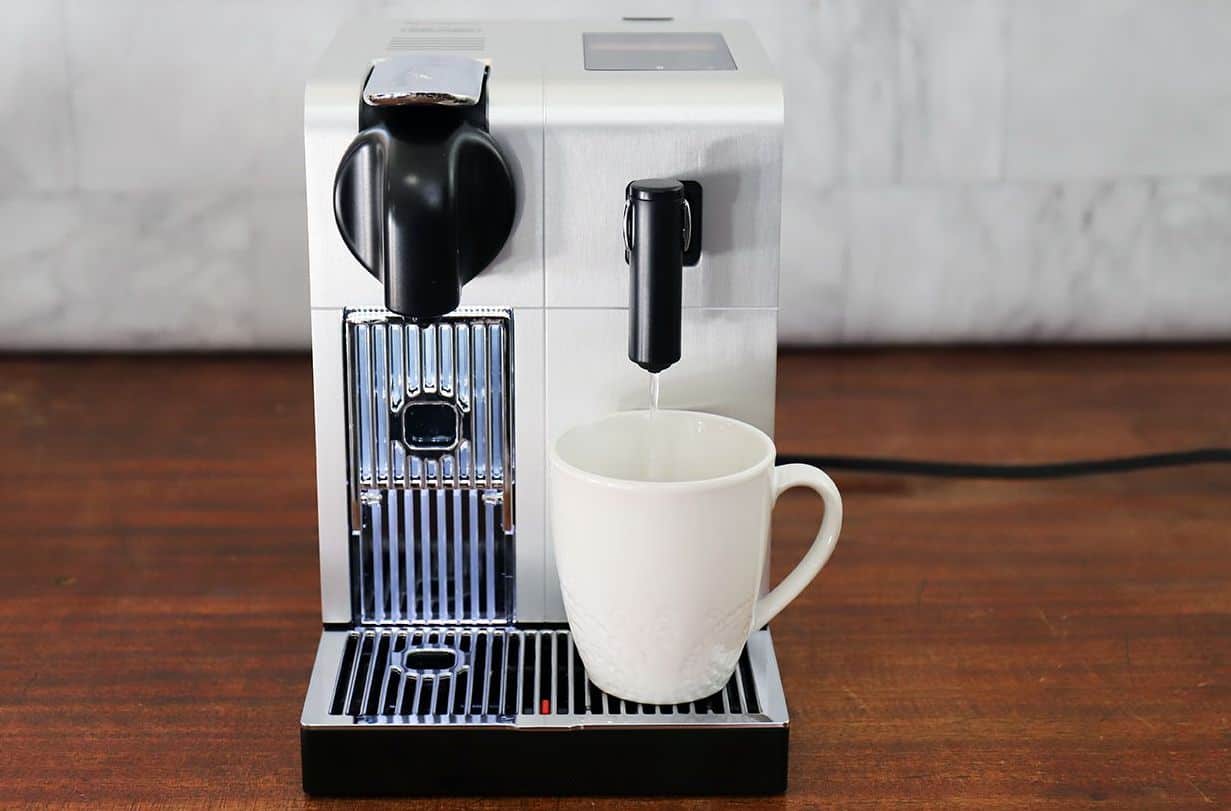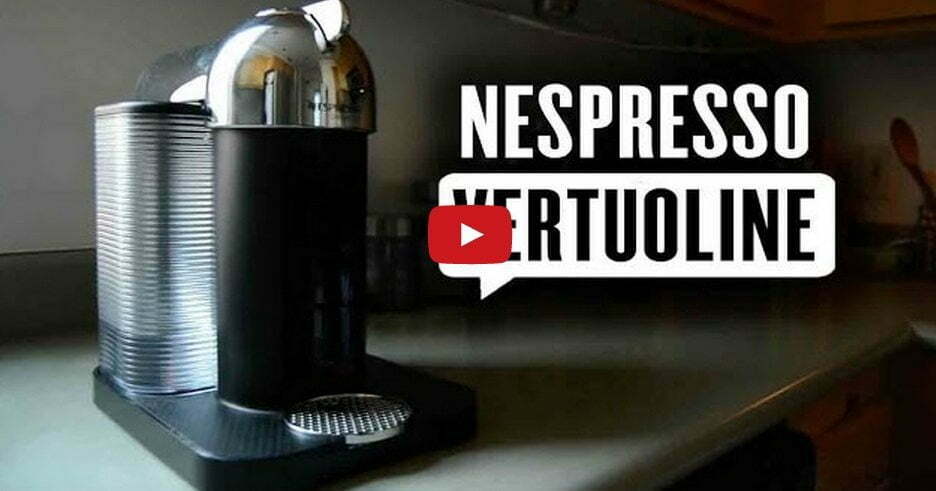If you regularly enjoy a shot of espresso in your drink, you wonder how do espresso coffee makers work. The process primarily focuses on water and how it affects your cup of coffee. The water passes several key parts of the best coffee maker, including the pump, boiler, steam wand, and group head.
KEY TAKEAWAYS:
- The espresso coffee maker makes espresso shots and other espresso drinks for your enjoyment.
- The collection of coffee grounds after use is called a puck, resulting from the barista’s tamping.
- Most espresso machines have either a heat exchange boiler or a dual boiler, both of which include multiple compartments.
Each machine heats water to a specific degree and uses nine bars of water pressure. However, espresso machines require a certain amount of energy, so you may want to check how big of an inverter do I need to run a coffee maker.
How an Espresso Machine Work
Espresso makers feature either a heat exchange boiler or dual boiler for heating water drawn from the water reservoir to the proper temperature for espressos. They also have a pump, steam wand, and group head. This group head contains a portafilter for your ground coffee beans and a couple of other parts.
To understand how an espresso maker works, you should understand what each of these pieces does. For example, the steam wand shoots steam into your mug when you activate it to aerate your morning coffee. You may also be interested in how do I fix my coffee maker.
Heat Exchange Boiler
An espresso machine’s heat exchange boiler model contains a coffee boiler with a steam boiler wrapped around it. During brewing, the steam boiler cycles hot water and cold water together to increase the temperature, a process called convection. You may recognize this process from when you boil water on the stove.
Insider Tip
Some people prefer slightly decreased water pressure for their coffee-making process.
The coffee brewed by these models varies minimally in temperature between shots. Many espresso machines have included heat exchange boilers spanning the time from which they were invented.
Dual Boiler
Espresso machines with a dual boiler have two separate boilers, a water heater, and a steam boiler. Both of these have their own heating elements that can be adjusted individually. Because of these parts, you always have hot water with minimal temperature differences between shots, just like a heat exchange boiler.
Dual boilers appeal to baristas and coffee brewers who prefer lower steam pressure. The ideal water temperature rests at 199.4-212 degrees Fahrenheit with a pressure of about 135 PSI, though some prefer less pressure.
Portafilter
The heated water runs through an electric pump that forces it through the coffee grounds. As the water passes through, the espresso is extracted from this little container of coffee grounds. The pressure from the water forces the coffee beans together into a puck.
Ideally, you should remove the result as one piece. However, some people experience issues with the puck, like a wet and sloppy puck. These issues typically occur due to mismeasured ingredients or grind size.
Pressure Pump
The pressure pump inside an espresso machine ensures your coffee is made using nine bars of water pressure. However, this part is controlled using the coffee puck from tamping coffee. Baristas tamp the coffee to make the coffee puck tight. If water passes through areas where the puck is tamped incorrectly, you will see channeling inside it.
The kitchen appliance measures the water using a waterwheel with magnets on the sides as the water passes through it. Each waterwheel cycle measures one cubic centimeter of water, ensuring that each cup of espresso has the desired water to coffee grounds ratio.
Warning
You may end up with channeling in your coffee puck, and you may need to adjust your coffee grounds.
F.A.Q.S
How do you grind coffee for a stovetop espresso maker?
You should grind your coffee beans to a fine coarseness to expedite your espresso making. You can grind your espresso the same way you grind other coffee beans. However, you should make sure to measure your scoop.
How to clean your stovetop espresso maker?
You will need to soak your pot in a mixture of water and vinegar for a day. Then, wash your espresso maker with a soft sponge or cloth, avoiding metal cleaning utensils. The descaling process is slightly more involved.
How long does it take to make stovetop espresso?
From the moment you start brewing your coffee in your espresso machine, it takes about five minutes. After that, however, you should add some time for preparation and grinding.
STAT: Ultimately all coffee comes from the same place, the coffee bean. (source)
REFERENCES:
- https://www.baristainstitute.com/blog/november-2019/espresso-machine-how-does-it-work
- https://thecoffeeuniverse.org/coffee-soup/
- https://www.asme.org/topics-resources/content/how-espresso-machines-work-the-engineering-insider
- https://www.nespresso.com/au/en/news/coffee-machine-vs-espresso-machine
- https://www.youtube.com/watch?v=5igXx83J_Iw

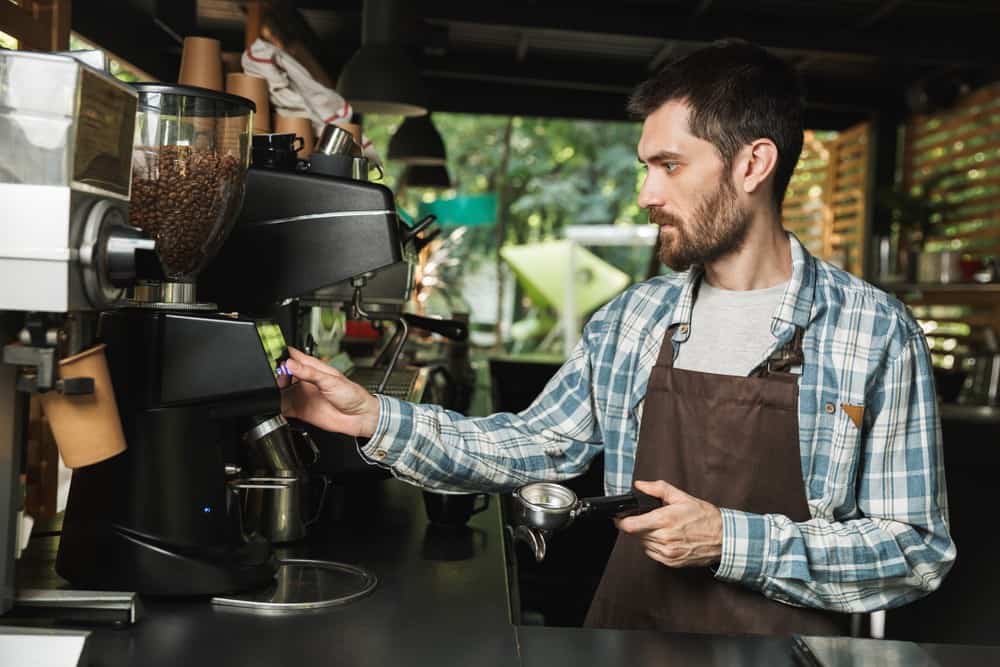













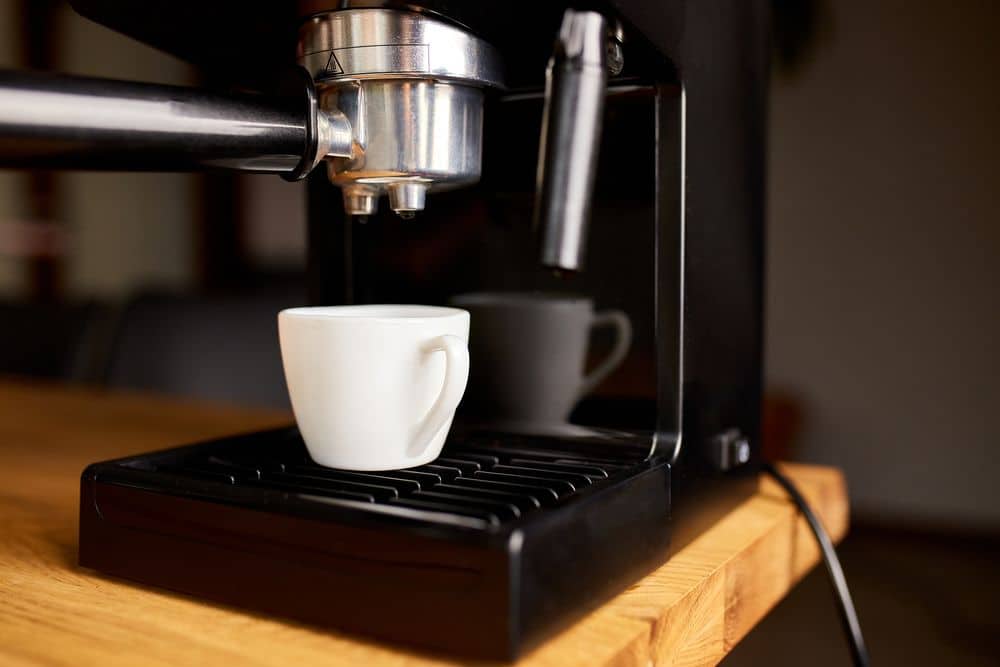
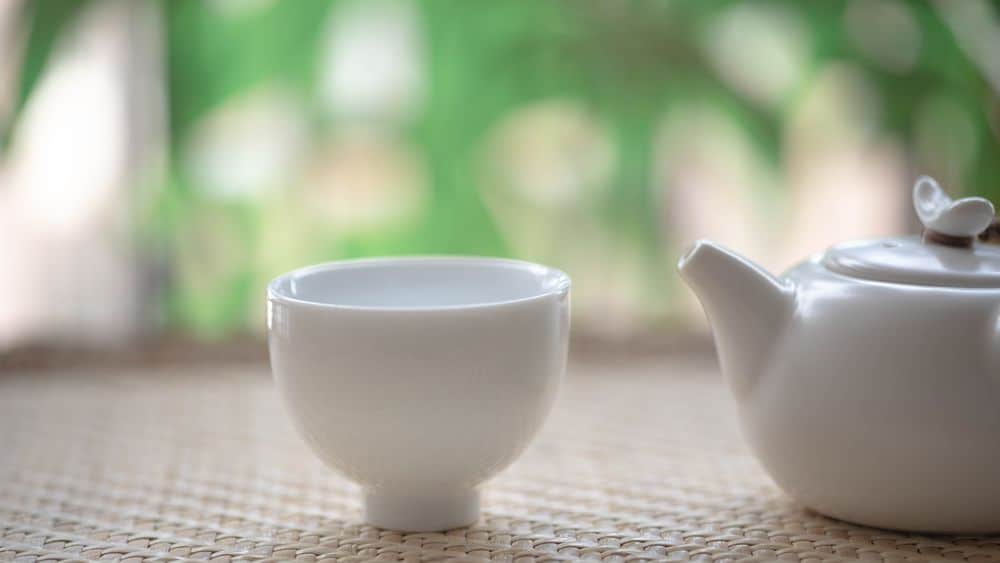
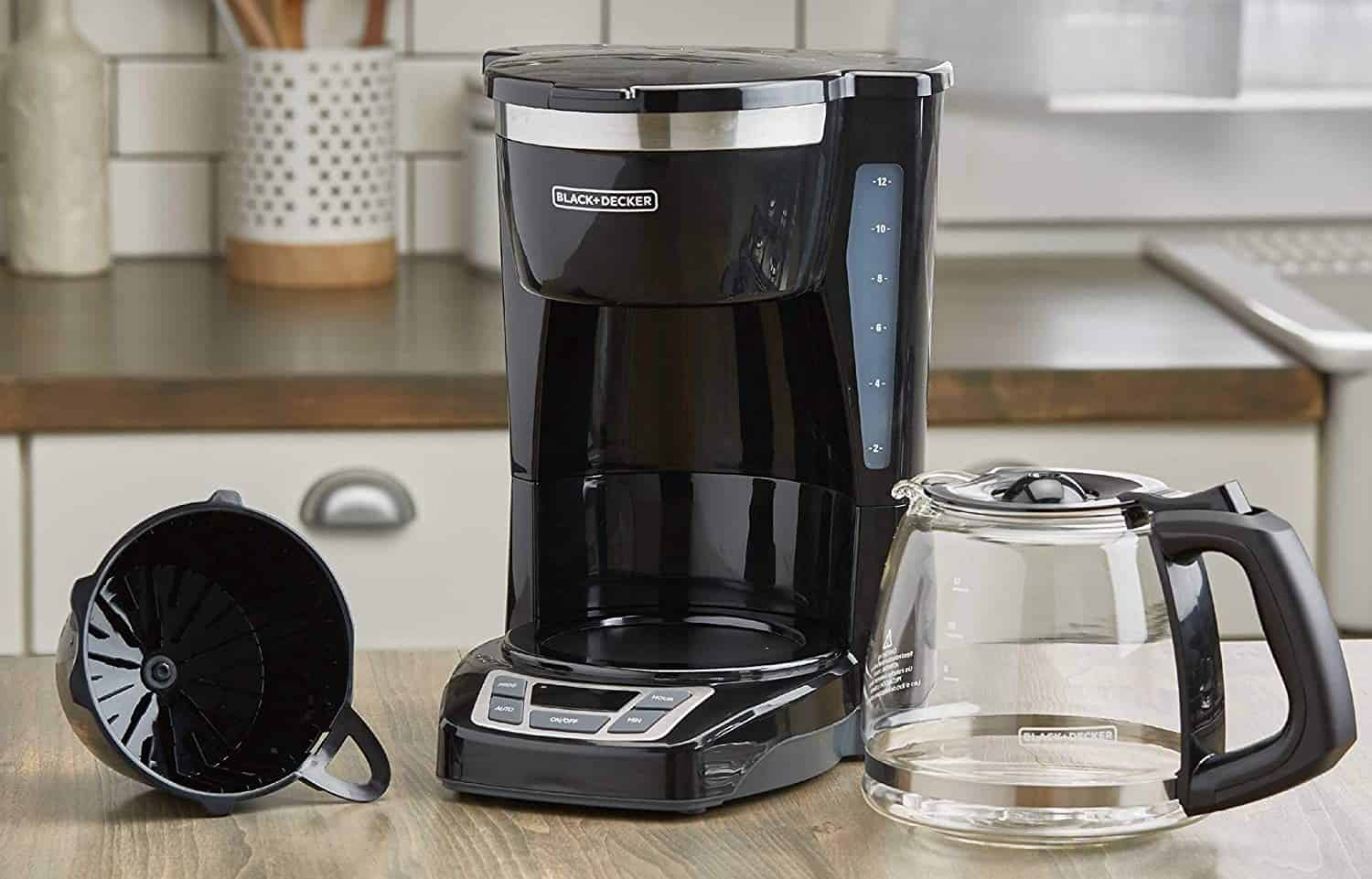
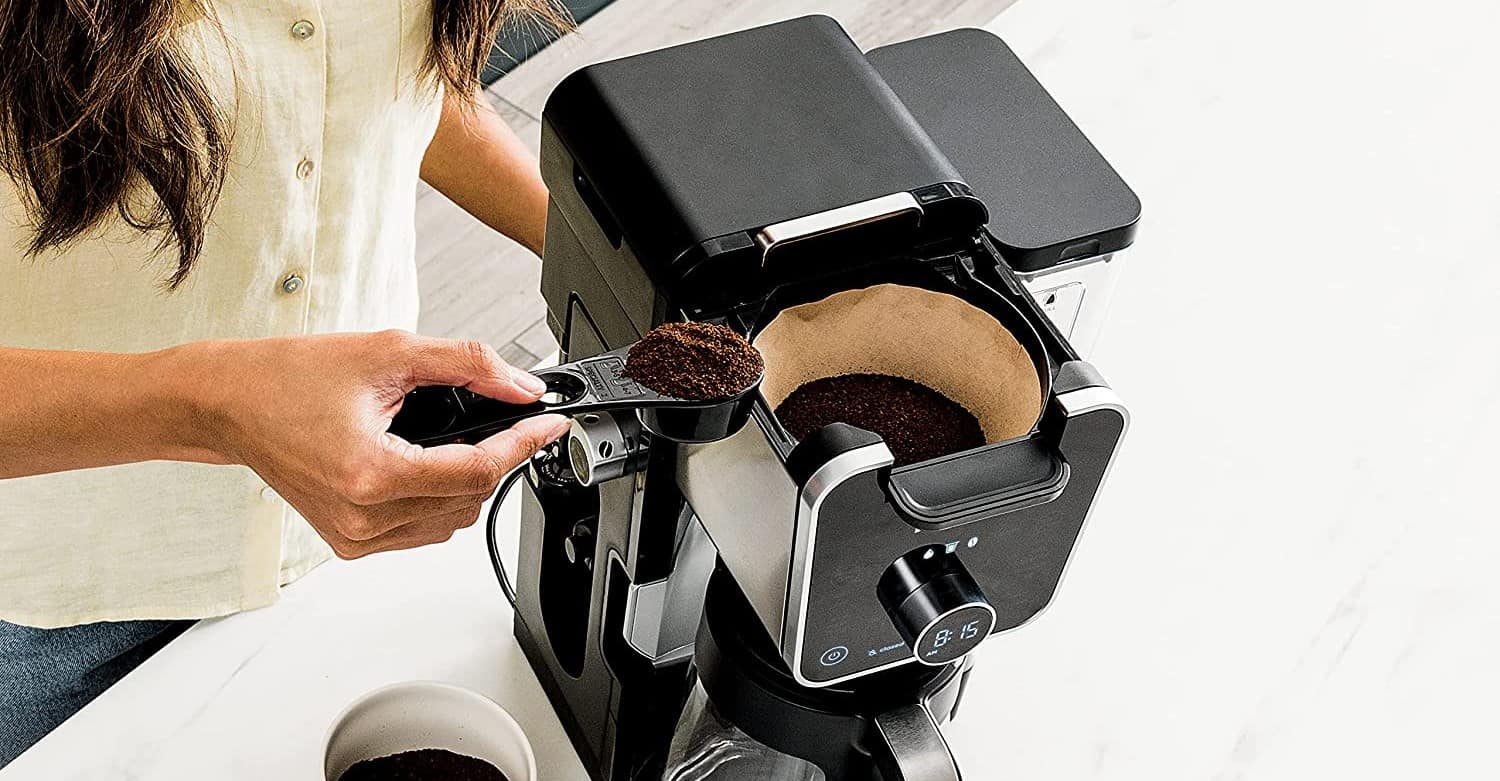
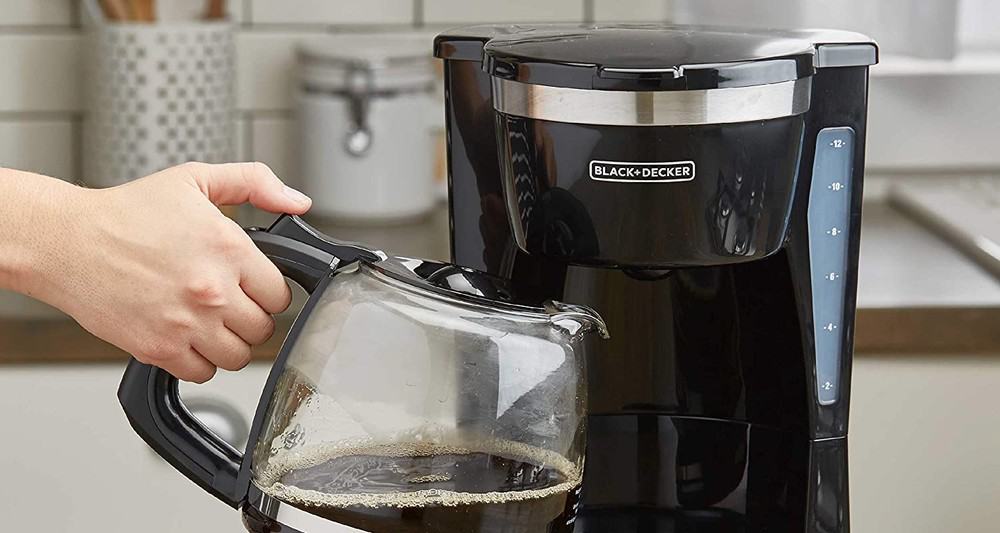
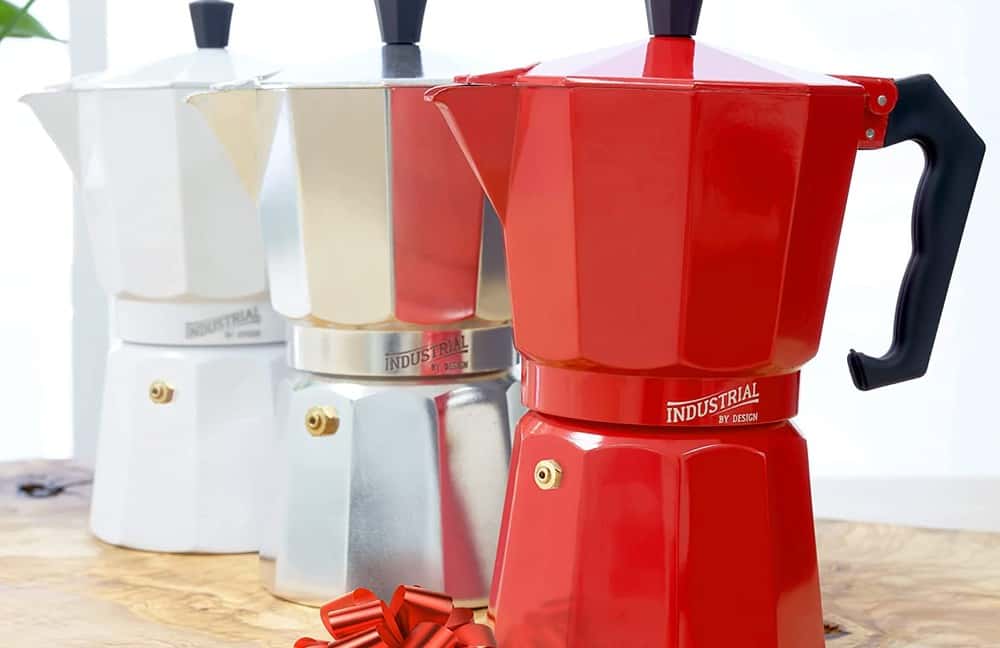
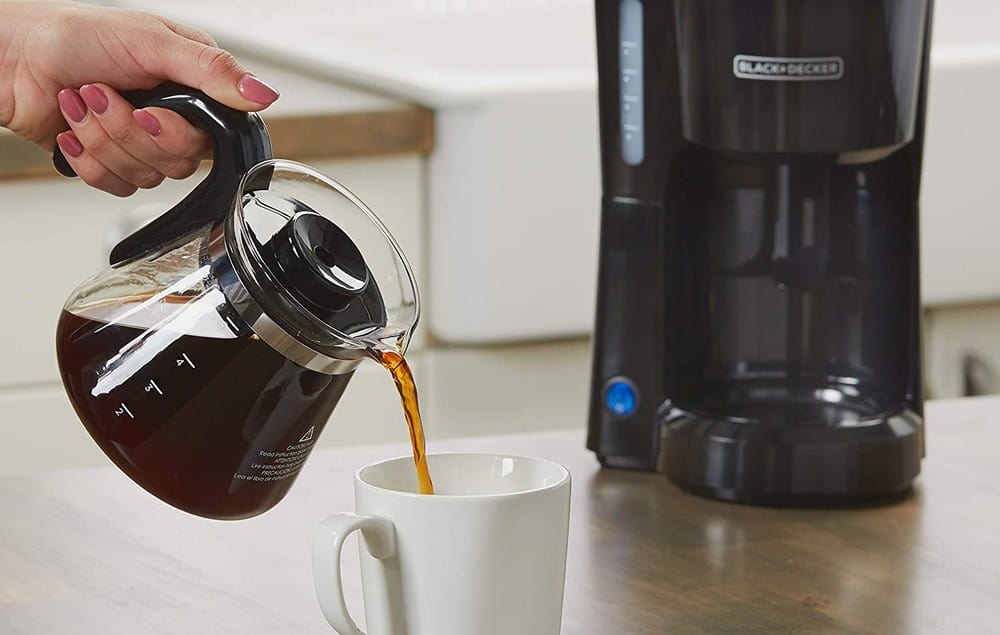
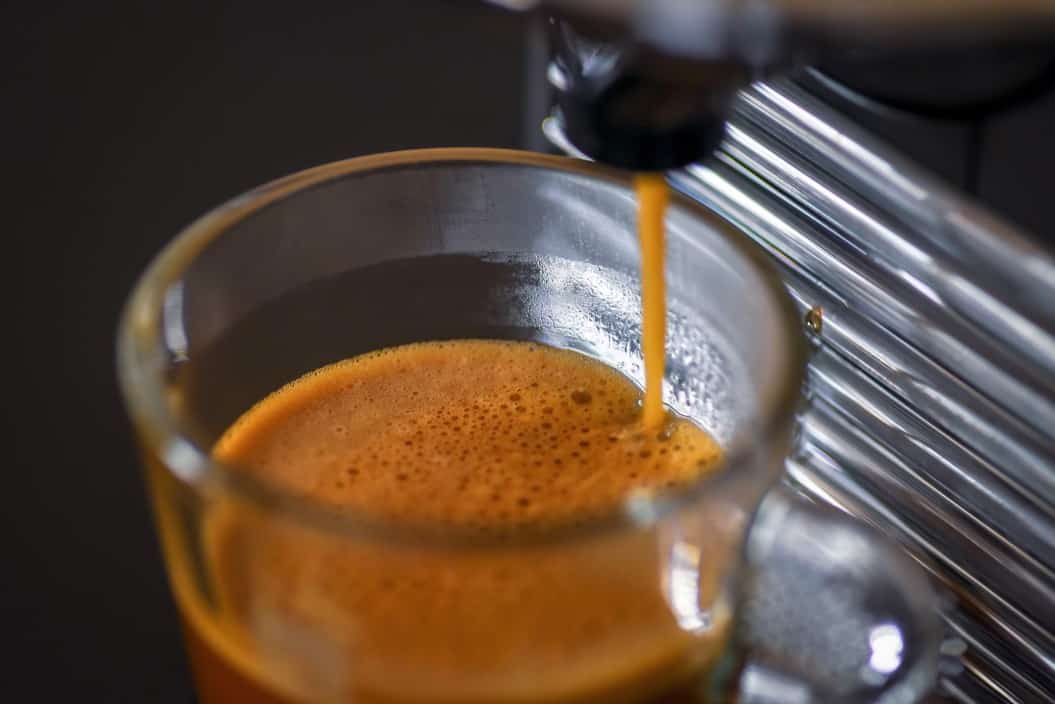
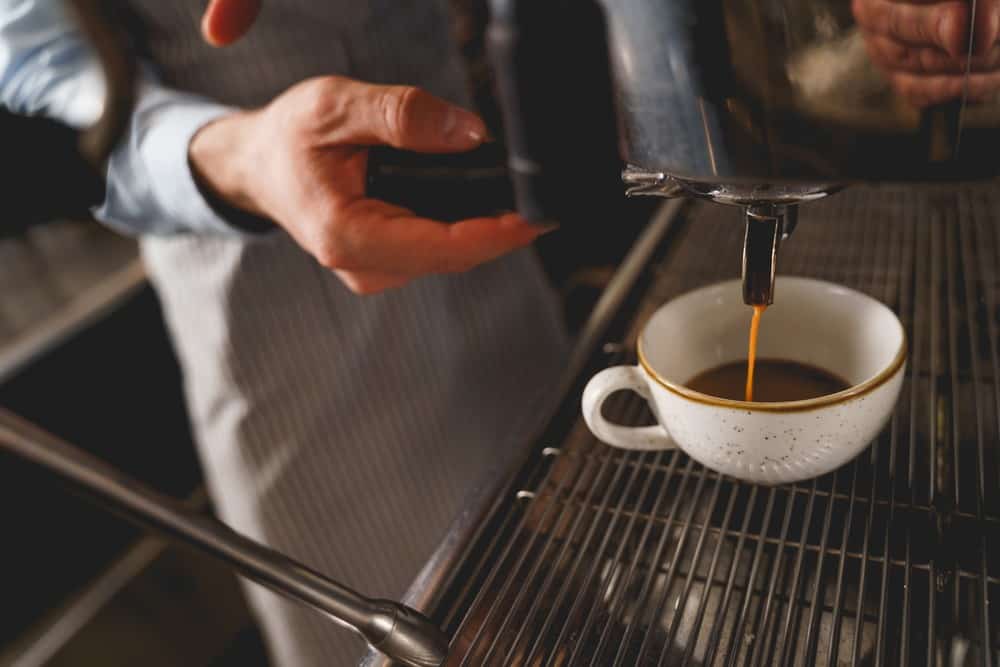
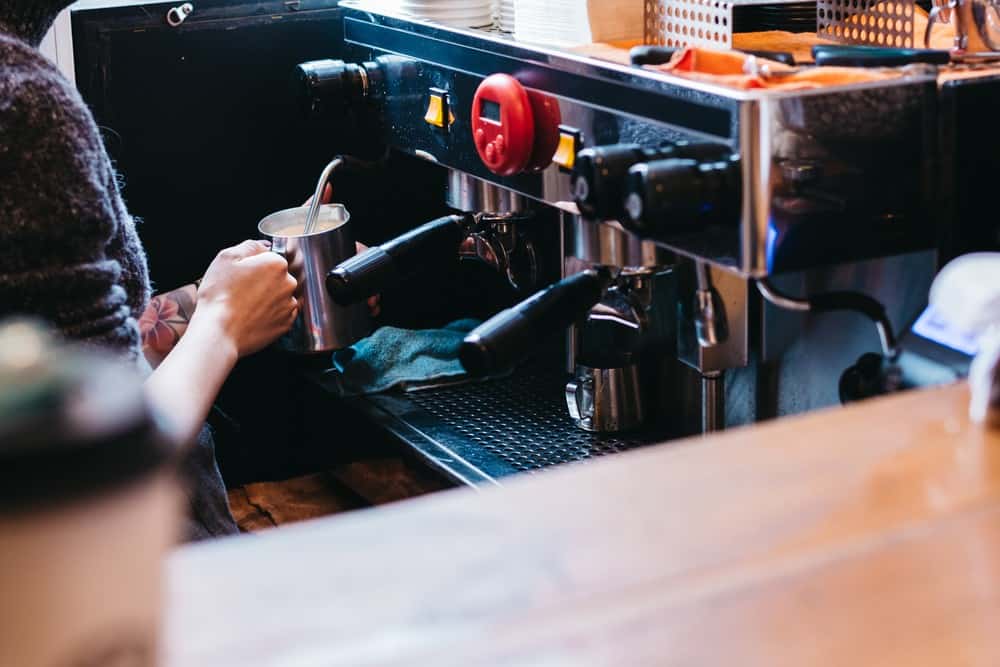
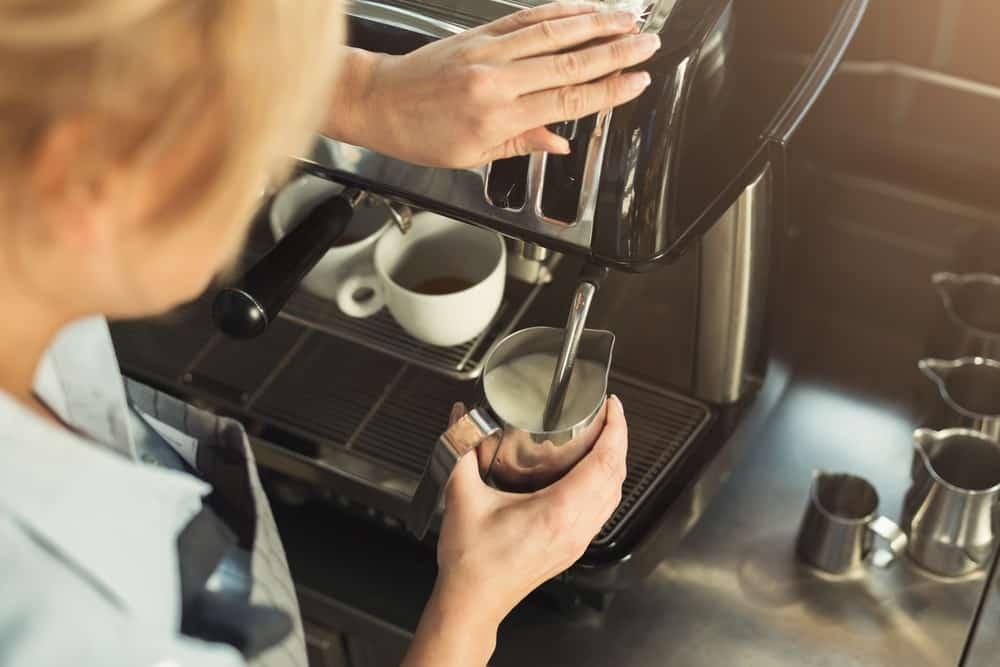
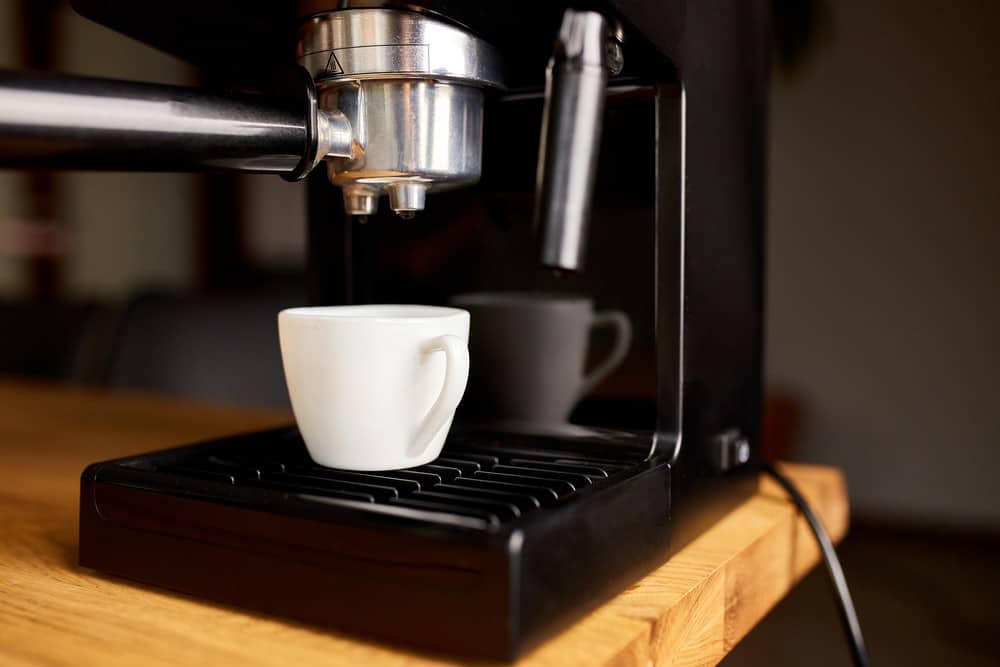
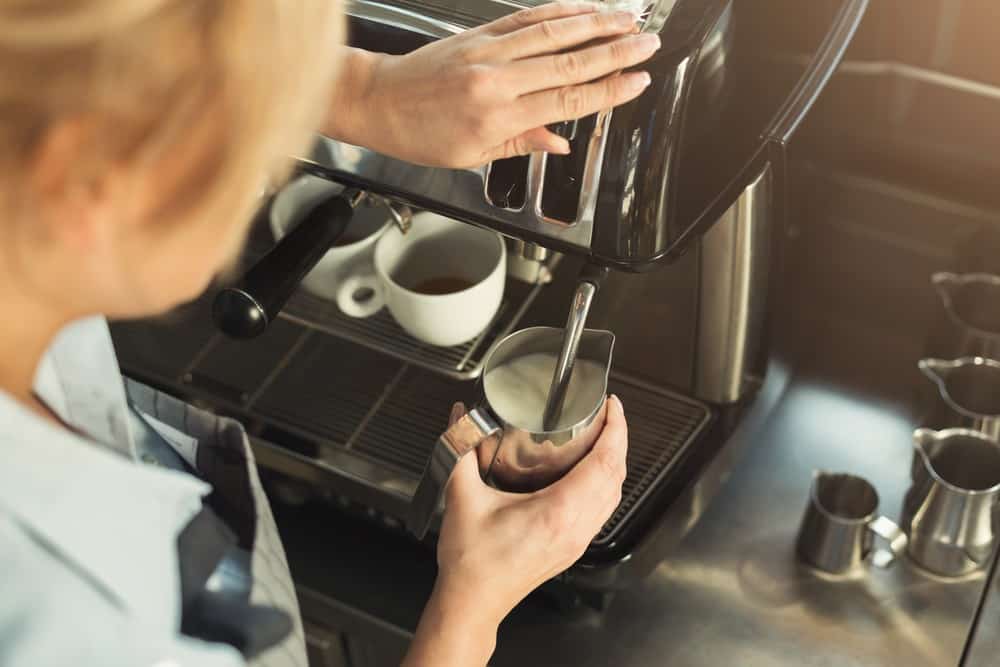
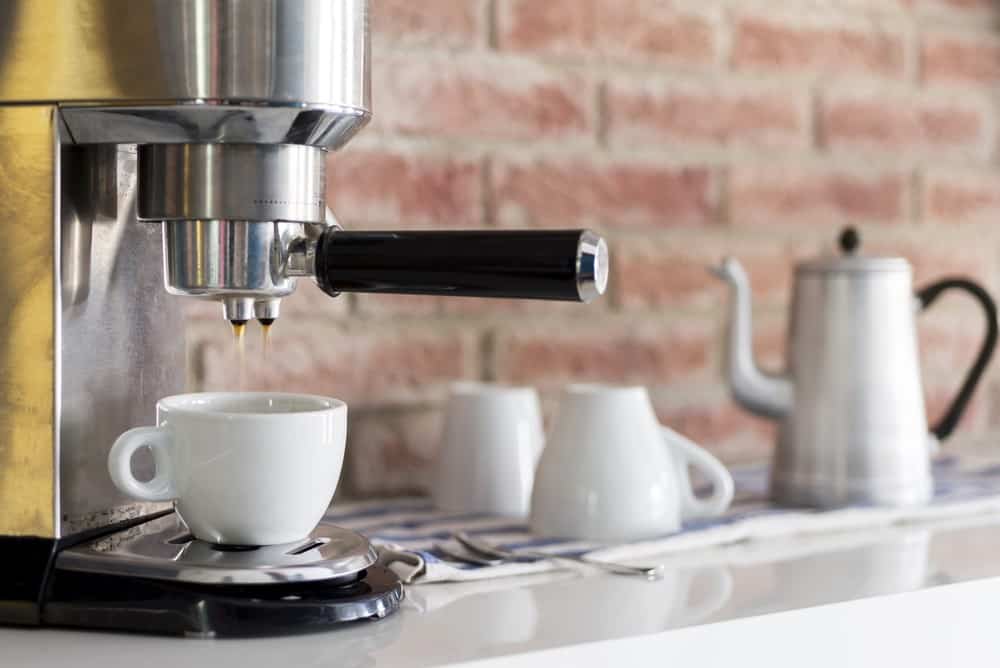
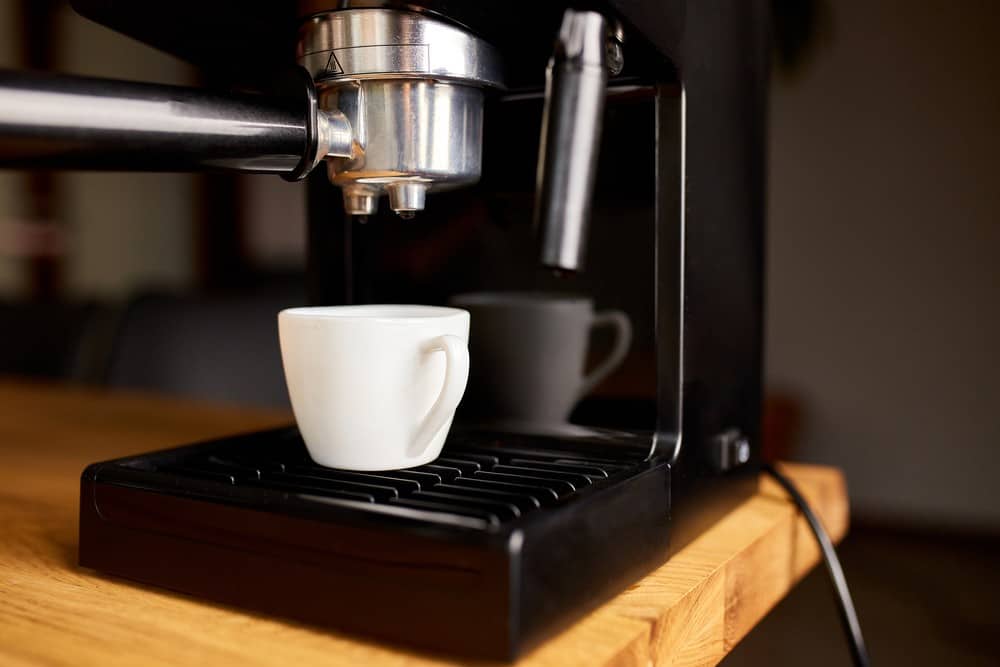
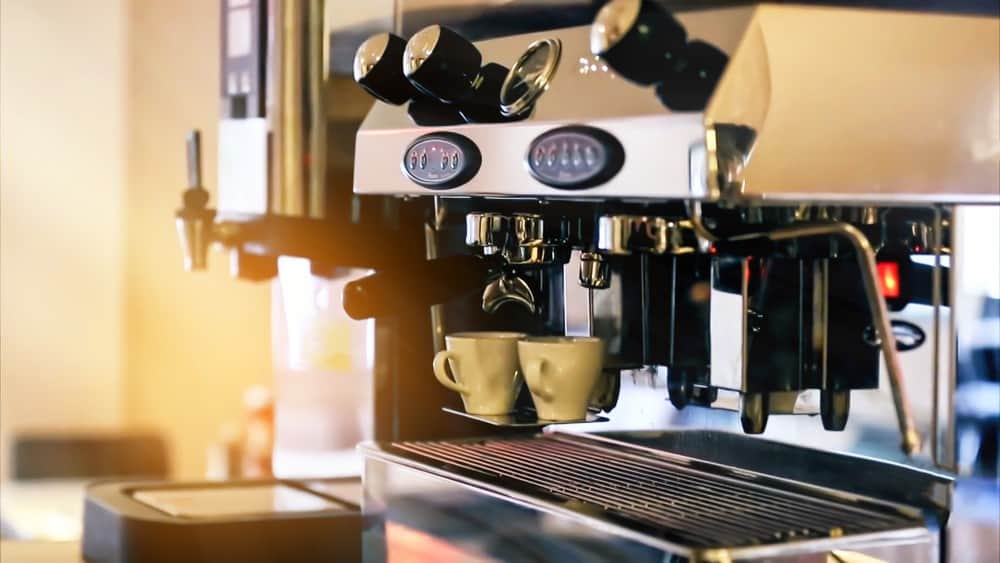
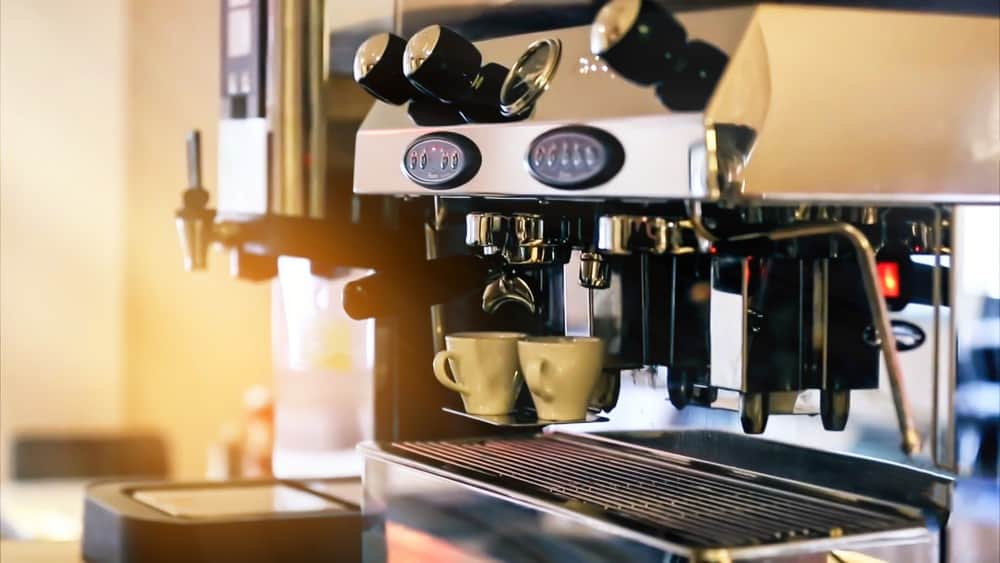
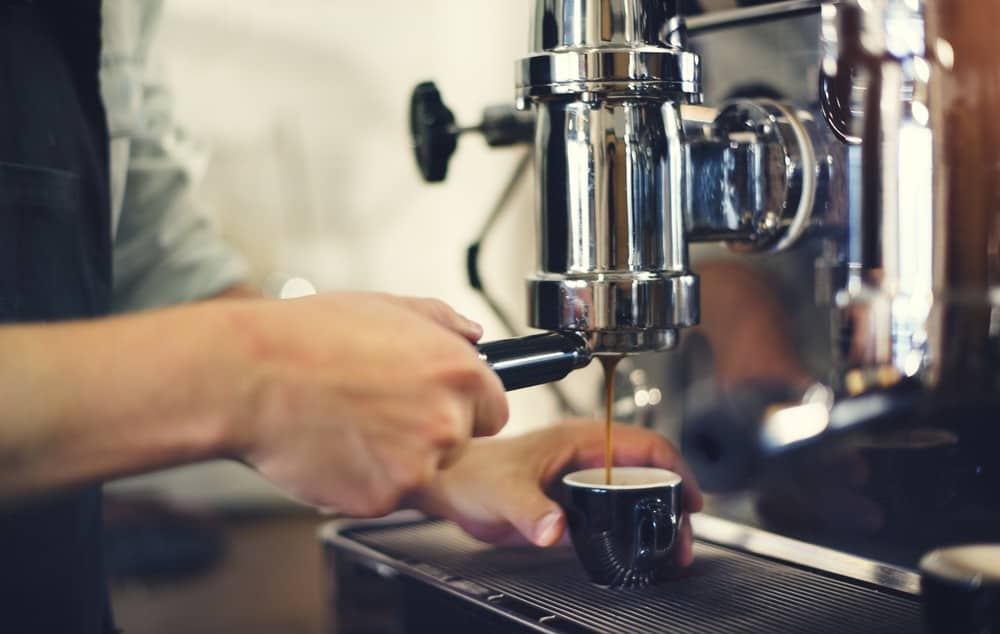
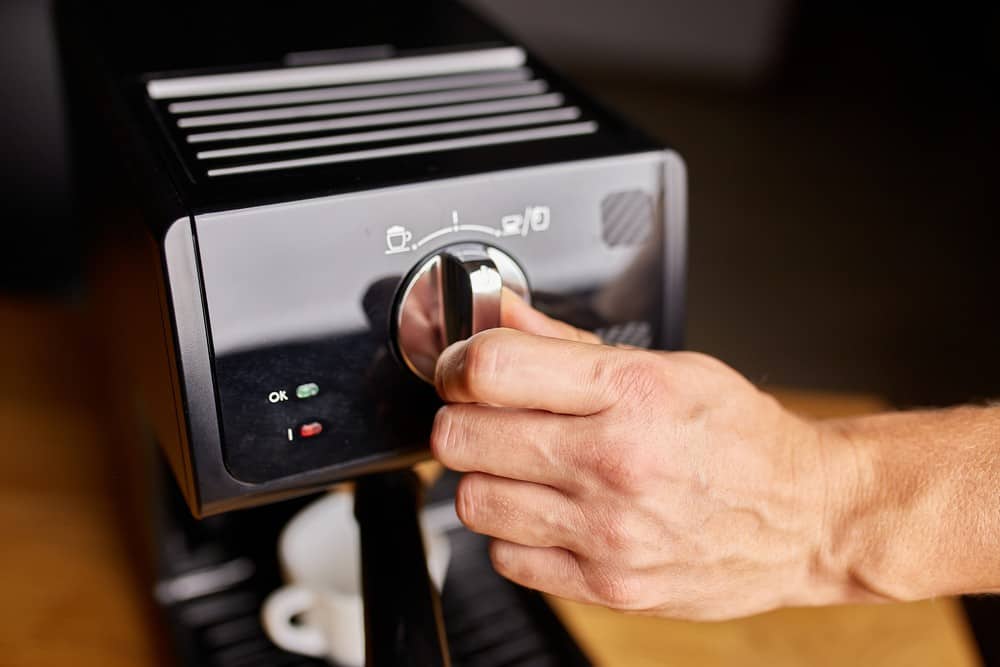
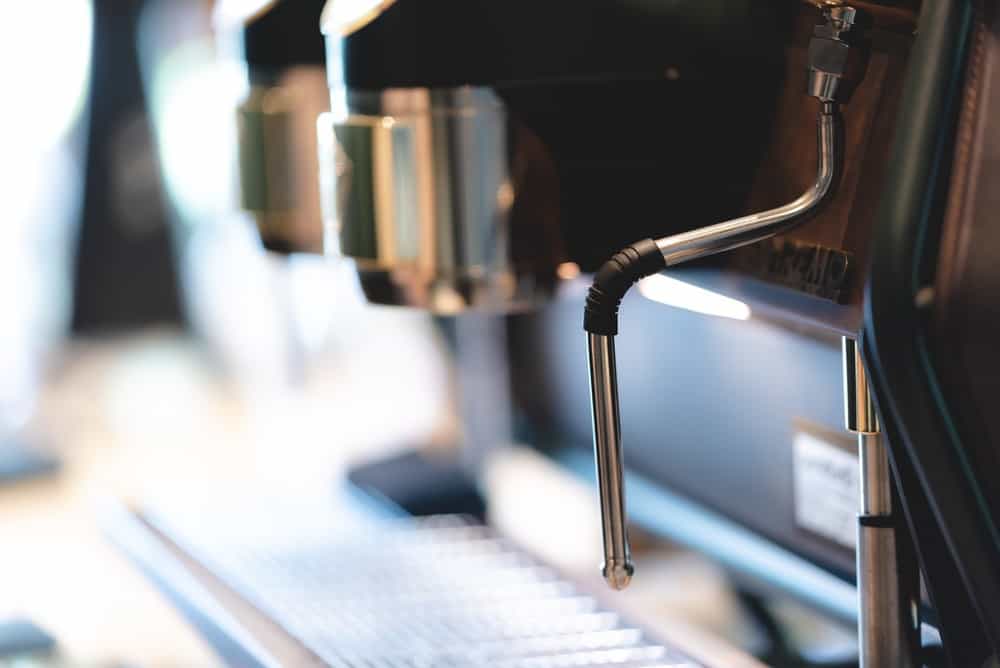
![Best Keurig Alternatives in [year] 27 Best Keurig Alternatives in 2025](https://www.gadgetreview.dev/wp-content/uploads/best-keurig-alternative-image.jpg)
![Best Semi Automatic Espresso Machines in [year] 28 Best Semi Automatic Espresso Machines in 2025](https://www.gadgetreview.dev/wp-content/uploads/best-semi-automatic-espresso-machine-image.jpg)
![Best Coffee and Espresso Makers in [year] 29 Best Coffee and Espresso Makers in 2025](https://www.gadgetreview.dev/wp-content/uploads/best-coffee-and-espresso-maker-image.jpg)
![Best Kitchen Appliances in [year] ([month] Reviews) 30 Best Kitchen Appliances in 2025 (December Reviews)](https://www.gadgetreview.dev/wp-content/uploads/best-kitchen-appliances.jpg)
![Quietest Coffee Makers in [year] 31 Quietest Coffee Makers in 2025](https://www.gadgetreview.dev/wp-content/uploads/quietest-coffee-maker-image.jpg)
![Best Prosumer Espresso Machines in [year] 32 Best Prosumer Espresso Machines in 2025](https://www.gadgetreview.dev/wp-content/uploads/71ytF6efAlL._AC_SL1500_.jpg)
![Best Single Serve Coffee Maker No Pods in [year] 33 Best Single Serve Coffee Maker No Pods in 2025](https://www.gadgetreview.dev/wp-content/uploads/best-k-pod-coffee-image-1.jpg)
![Best Coffee Makers for Hard Water in [year] 34 Best Coffee Makers for Hard Water in 2025](https://www.gadgetreview.dev/wp-content/uploads/best-coffee-maker-for-hard-water-image.jpg)
![Best Dual Boiler Espresso Machines in [year] 35 Best Dual Boiler Espresso Machines in 2025](https://www.gadgetreview.dev/wp-content/uploads/best-dual-boiler-espresso-machine-image.jpg)
![Best Coffee Makers for RV in [year] 36 Best Coffee Makers for RV in 2025](https://www.gadgetreview.dev/wp-content/uploads/best-coffee-maker-for-rv-image.jpg)
![Best Ninja Coffee Makers in [year] 37 Best Ninja Coffee Makers in 2025](https://www.gadgetreview.dev/wp-content/uploads/best-ninja-coffee-maker-image.jpg)
![Best Breville Espresso Machines in [year] 38 Best Breville Espresso Machines in 2025](https://www.gadgetreview.dev/wp-content/uploads/best-breville-espresso-machine-image.jpg)
![Best 5 Cup Coffee Makers in [year] 39 Best 5 Cup Coffee Makers in 2025](https://www.gadgetreview.dev/wp-content/uploads/best-5-cup-coffee-maker-image.jpg)
![Best Commercial Coffee Makers in [year] 40 Best Commercial Coffee Makers in 2025](https://www.gadgetreview.dev/wp-content/uploads/best-commercial-coffee-maker-image.jpg)
![Best Commercial Espresso Machine for a Small Coffee Shop in [year] 41 Best Commercial Espresso Machine for a Small Coffee Shop in 2025](https://www.gadgetreview.dev/wp-content/uploads/best-commercial-espresso-machine-small-coffee-shop-image.jpg)
![Best Coffee for Moka Pot in [year] 42 Best Coffee for Moka Pot in 2025](https://www.gadgetreview.dev/wp-content/uploads/best-coffee-for-moka-pot-image.jpg)
![Best USA Made Coffee Makers in [year] 43 Best USA Made Coffee Makers in 2025](https://www.gadgetreview.dev/wp-content/uploads/best-usa-made-coffee-makers-image.jpg)
![Fastest Coffee Makers in [year] 44 Fastest Coffee Makers in 2025](https://www.gadgetreview.dev/wp-content/uploads/fastest-coffee-maker-image.jpg)
![Best SCAA Certified Coffee Makers in [year] 45 Best SCAA Certified Coffee Makers in 2025](https://www.gadgetreview.dev/wp-content/uploads/best-scaa-certified-coffee-maker-image.jpg)
![Best Smart Coffee Makers in [year] 46 Best Smart Coffee Makers in 2025](https://www.gadgetreview.dev/wp-content/uploads/best-smart-coffee-maker-image.jpg)
